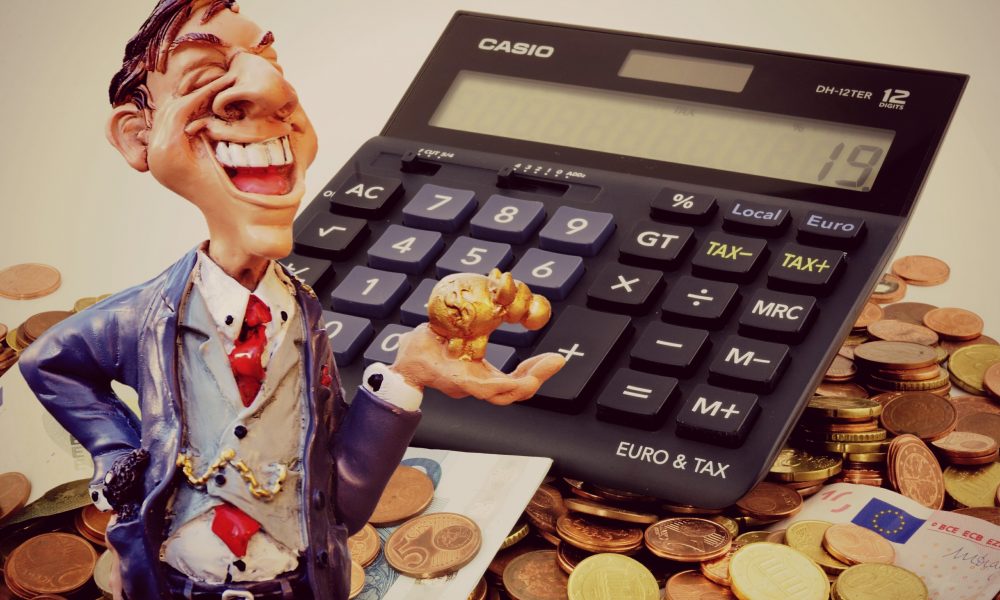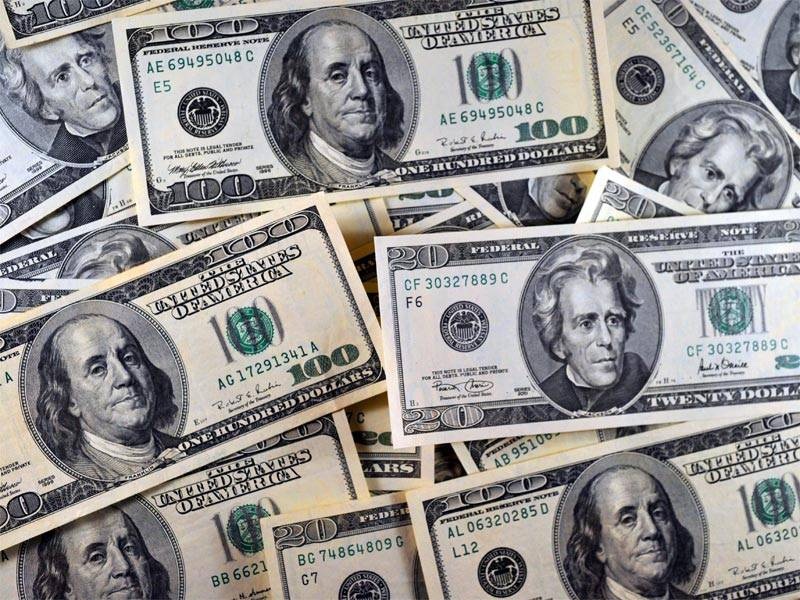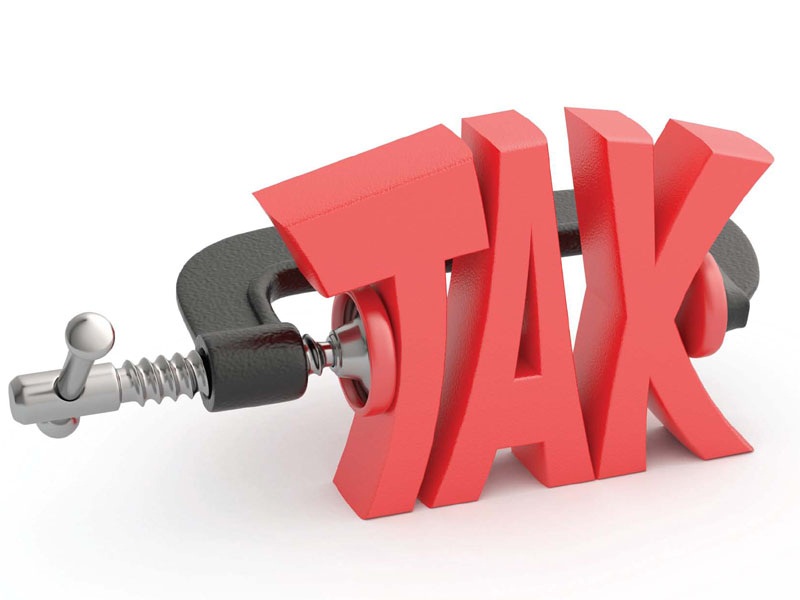When it comes to Forex trading, understanding economic indicators can be a game-changer. These indicators provide valuable information about a country’s economic health and can influence currency values in the foreign exchange market. By learning how to interpret these indicators, traders can make more informed decisions and increase their chances of success. Let’s explore how various economic indicators impact currency values and how they can be used effectively in trading strategies.
Gross Domestic Product (GDP) as a Key Indicator
Gross Domestic Product (GDP) is one of the most critical economic indicators for traders. It measures the total value of all goods and services produced in a country over a specific period. When a country’s GDP is growing, it signals a healthy economy, which often leads to a stronger currency. Conversely, if the GDP is declining, it may indicate economic problems, causing the currency to weaken. Traders should keep an eye on GDP reports as they provide a broad overview of a country’s economic performance. By understanding GDP trends, traders can predict potential currency movements and adjust their strategies accordingly.
The Impact of Inflation Rates on Currency Values
Inflation rates play a significant role in determining the value of a currency. Inflation is the rate at which the general level of prices for goods and services is rising, and it can affect purchasing power. When inflation is high, it reduces a currency’s value because it decreases its purchasing power. Central banks may raise interest rates to control inflation, which can strengthen the currency. On the other hand, low inflation might lead to lower interest rates, potentially weakening the currency. By monitoring inflation data and central bank policies, traders can anticipate changes in currency values and make better trading decisions.
Understanding Interest Rates and Their Influence
Interest rates set by central banks are another crucial economic indicator in the world of Forex. Higher interest rates tend to attract foreign investment, leading to an increase in demand for that currency. This can result in a stronger currency. Conversely, lower interest rates may discourage investment, causing the currency to weaken. Traders should pay attention to announcements from central banks, such as the Federal Reserve or the European Central Bank, as these can signal upcoming changes in interest rates. Understanding the relationship between interest rates and currency strength helps traders position themselves better in the market.
The Role of Employment Data in Forex Decisions
Employment data, including non-farm payroll reports and unemployment rates, are vital indicators of a country’s economic health. When employment is strong and unemployment is low, it suggests economic stability, which can boost a currency’s value. Conversely, high unemployment rates may indicate economic trouble and lead to a weaker currency. Traders should keep an eye on employment reports to gauge economic strength or weakness. Analyzing these reports can help traders predict market reactions and develop more accurate trading strategies based on the economic outlook.
Trade Balance and Its Effect on Currency Strength
The trade balance, which measures the difference between a country’s exports and imports, also affects currency values. A positive trade balance, or surplus, means that a country exports more than it imports, which can strengthen its currency. On the other hand, a trade deficit occurs when imports exceed exports, potentially weakening the currency. Traders should consider trade balance reports as part of their analysis to understand a currency’s potential direction. A strong trade balance indicates high demand for a country’s goods and services, which often translates to a stronger currency.
Using economic indicators to guide Forex trading decisions can provide traders with an edge in the market. By understanding GDP, inflation rates, interest rates, employment data, and trade balance, traders can better predict currency movements and make more informed decisions. Each of these indicators offers a different perspective on a country’s economic health and helps traders anticipate how currencies may react to economic events. Staying informed and using this data wisely allows traders to improve their strategies and increase their chances of success in the dynamic world of Forex.
















